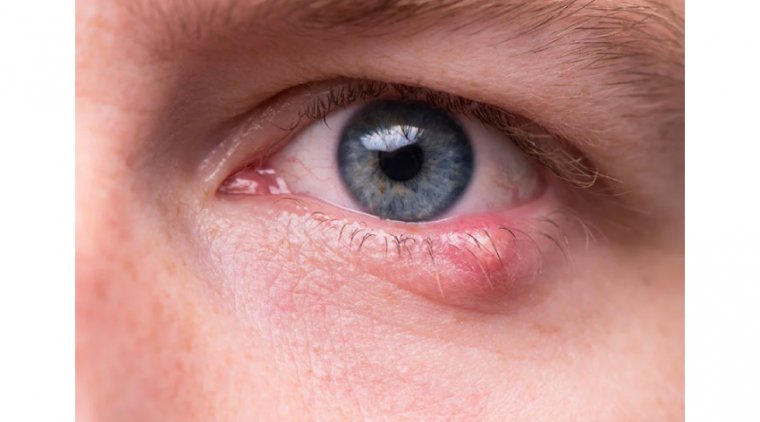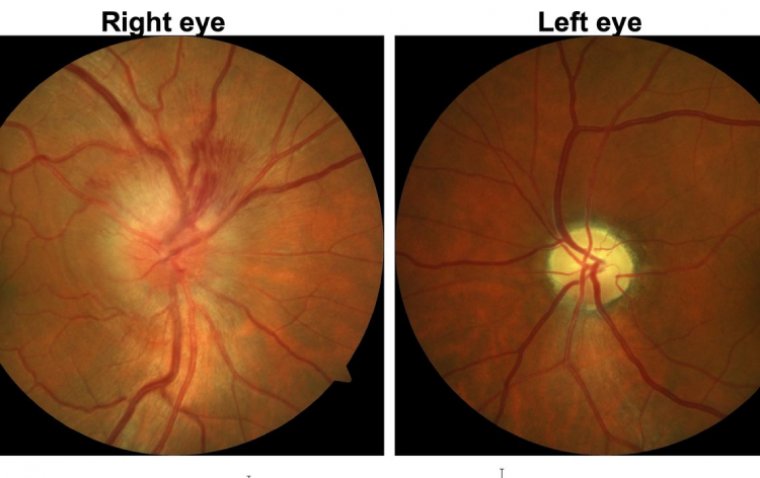
7 Essential Tips to Recognize and Prevent Conjunctivitis
Conjunctivitis, also known as madras eye, is a highly contagious infection that affects the outer surface of the eye and inner eyelid. It is caused by various viruses, including adenoviruses and enteroviruses. Eye flu spreads rapidly, especially in crowded environments such as schools, workplaces, and public transportation.
Recognizing and preventing conjunctivitis is essential to protect both your eyes and the people around you. In this comprehensive article, we'll explore seven valuable tips to help you identify the signs of bacterial conjunctivitis, understand its causes and transmission, and take effective preventive measures.
1. Understand the Causes and Transmission
Conjunctivitis is typically caused by viral infections, and it can be easily transmitted from person to person through direct or indirect contact. Direct contact occurs when an infected individual touches their eyes and then touches another person or object. Indirect contact happens when someone comes into contact with surfaces or objects that have been contaminated by the virus, such as doorknobs, handrails, or shared personal items.
2. Madras Eye Symptoms
Early recognition of Madras eye symptoms is crucial for prompt action. Look out for the following indicators:
● Redness and swelling in the whites of the eyes
● Watery or sticky discharge from the eyes
● Itchy and irritated eyes
● Sensitivity to light
● Gritty sensation or the feeling of having something in the eyes
3. Avoid Touching Your Eyes
To prevent the spread of conjunctivitis, or madras eye disease, avoid touching your eyes, particularly if you have been in contact with surfaces or individuals who might be infected. The eyes are a vulnerable entry point for the virus, and touching them can facilitate the transmission of the virus from your hands.
4. Practice Good Hygiene
Maintaining good hygiene is key to preventing conjunctivitis. Wash your hands frequently with soap and water, especially after touching common surfaces, coughing, sneezing, or caring for someone with the infection. If soap and water are not available, use an alcohol-based hand sanitizer.
5. Steer Clear of Sharing Personal Items
Sharing personal items such as towels, handkerchiefs, pillowcases, and makeup can easily transfer the virus from one person to another. To prevent conjunctivitis, refrain from sharing these items and encourage others to do the same.
6. Disinfect Frequently-Touched Surfaces
Regularly disinfect frequently-touched surfaces in your home, workplace, or school to reduce the risk of transmission through contaminated objects. Pay special attention to areas where many people come into contact, such as doorknobs, light switches, computer keyboards, and shared equipment.
7. Practice Social Distancing
If you or someone around you is experiencing symptoms of conjunctivitis, practice social distancing to prevent the spread of the infection. Avoid close contact with others, especially in crowded places. Additionally, if you have eye flu, it's essential to isolate yourself from others, especially in the early stages when the virus is most contagious.
Summary
Recognizing and preventing eye flu is crucial for protecting your eyes and the well-being of those around you. By staying vigilant about symptoms and implementing these seven preventive tips, you can reduce the risk of contracting and spreading conjunctivitis. Remember to practice good hygiene, avoid touching your eyes, and seek medical advice if needed. Taking these simple yet effective measures can help you maintain healthy eyes and prevent the further spread of this contagious infection.
FAQ
Conjunctivitis is highly contagious and can spread through direct or indirect contact with infected individuals or contaminated surfaces. Direct contact occurs when an infected person touches their eyes and then touches another person or object. Indirect contact happens when someone comes into contact with objects or surfaces that have been contaminated by the virus.
The typical symptoms of conjunctivitis include redness and swelling in the whites of the eyes, watery or sticky discharge, itching, sensitivity to light, and a gritty sensation in the eyes.
The duration of conjunctivitis can vary depending on the severity of the infection and the type of virus causing it. In most cases, eye flu lasts for about 1 to 2 weeks, but it can sometimes resolve within a few days or extend beyond two weeks.
In most cases, conjunctivitis is a self-limiting condition and not considered serious. However, it can be uncomfortable and highly contagious. In some instances, conjunctivitis can lead to complications, especially in individuals with weakened immune systems.
Yes, conjunctivitis can affect one or both eyes simultaneously. It often starts in one eye and can easily spread to the other due to its highly contagious nature.
While conjunctivitis itself is not known to directly cause permanent blindness, it can lead to temporary vision disturbances, discomfort, and significant eye irritation.
(1).jpg)










